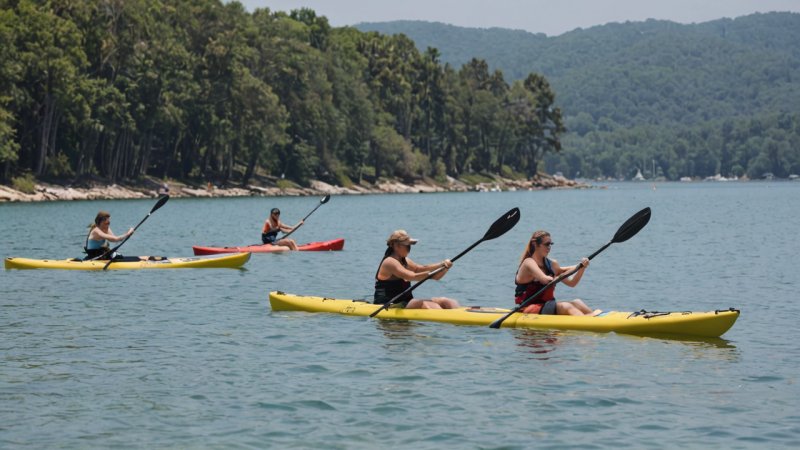Engaging in water sports can be an exhilarating experience, offering both thrill and a connection to nature. However, as with any recreational activity, understanding the local regulations governing these sports is essential. Water regulations are put in place not only to protect the environment and aquatic life but also to ensure the safety of participants. Ignoring these rules can lead to penalties, accidents, and environmental degradation. This article will delve into the reasons why understanding local water regulations is crucial for anyone participating in water sports and will provide insights into how these regulations can enhance safety and performance.
Understanding Local Water Regulations
Water regulations vary significantly from one region to another. They can cover a wide range of aspects including speed limits for motorized boats, restrictions on certain areas to protect wildlife, guidelines for waste disposal, and rules regarding the use of personal flotation devices (PFDs). Familiarizing oneself with these regulations is vital for several reasons:
- Safety: Many regulations are designed to protect the safety of water sport participants. For instance, speed limits help prevent collisions, while requirements for wearing PFDs can save lives in case of accidents.
- Environmental Protection: Regulations often aim to protect fragile ecosystems. Understanding these rules can help participants minimize their impact on the environment, preserving it for future generations.
- Legal Compliance: Ignoring local regulations can lead to fines or legal action. Staying informed helps avoid these potential issues, allowing participants to enjoy their sports without the worry of legal consequences.
Types of Water Regulations
Water regulations can be grouped into several categories, each addressing different aspects of water sports:
Safety Regulations
These regulations are designed to enhance the safety of all participants. They may include:
- Mandatory use of life jackets or PFDs for certain activities.
- Rules about the number of passengers allowed on boats based on size.
- Guidelines for the use of safety equipment such as flares and fire extinguishers.
Environmental Regulations
Environmental regulations are crucial for preserving aquatic ecosystems. They can include:
- Restrictions on motorized boats in sensitive areas.
- Guidelines for waste disposal, including the prohibition of littering and requirements for waste management in boats.
- Restrictions on fishing and boating in protected habitats during certain seasons.
Access Regulations
Access regulations determine where water sports can be practiced. Key aspects include:
- Designated areas for different types of water activities (e.g., swimming, boating, jet skiing).
- Hours of operation for specific sites.
- Permit requirements for using certain waterways or facilities.
How to Stay Informed
Being aware of local water regulations is an ongoing process. Here are some effective ways to stay updated:
- Consult Local Authorities: Reach out to local parks and recreation departments, coast guard stations, or relevant governmental bodies for the latest regulations.
- Join Local Water Sports Clubs: Many clubs offer resources and training on local rules and can provide updates on any changes.
- Use Official Websites: Government agencies often have official websites that list current regulations and safety guidelines for various water activities.
The Role of Technology in Compliance
Advancements in technology also play a crucial role in ensuring compliance with water regulations. Here are a few ways technology can assist water sports enthusiasts:
- Mobile Apps: Many apps provide real-time information about water conditions, regulations, and safety tips specific to various locations.
- GPS Devices: These can help boaters stay within designated areas, avoiding regions where certain activities may be prohibited.
- Wearable Technology: Devices that monitor water conditions or personal safety can alert users to hazardous situations, allowing for quick responses.
Conclusion
Understanding local water regulations is not just a legal necessity; it is an integral part of enjoying water sports responsibly and safely. These regulations help protect both participants and the environment, ensuring that everyone can enjoy water activities for years to come. By staying informed and utilizing available resources and technology, water sports enthusiasts can enhance their experiences while minimizing risks. Ultimately, respecting local regulations fosters a culture of safety and environmental stewardship, benefiting both individuals and the broader community.






